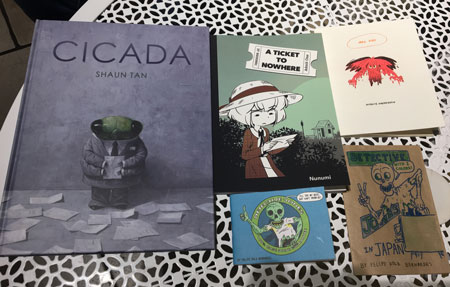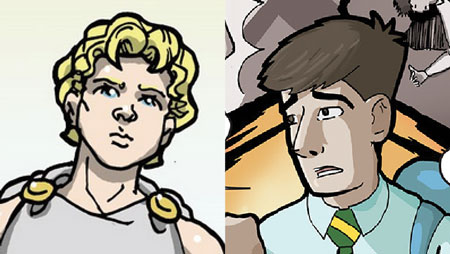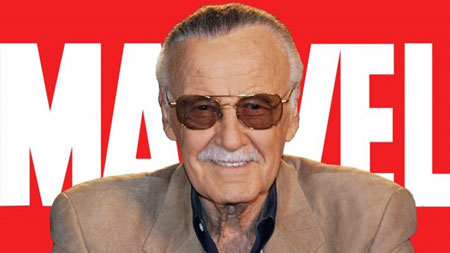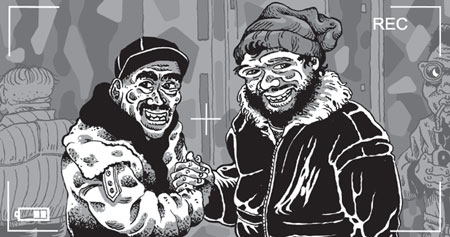
This week Koom interviews Rob Walton, who created the graphic novel Ragmop in the 1990s and is now releasing a sequel through Vault Comics. How does one approach continuing a series based in the morés and political situation of the ‘90s? Also, Rob’s love of old Marvel comics and how he fused those stories onto modern ideas in his own work; the development of his politics; his management style, and more.
Podcast: Play in new window | Download









